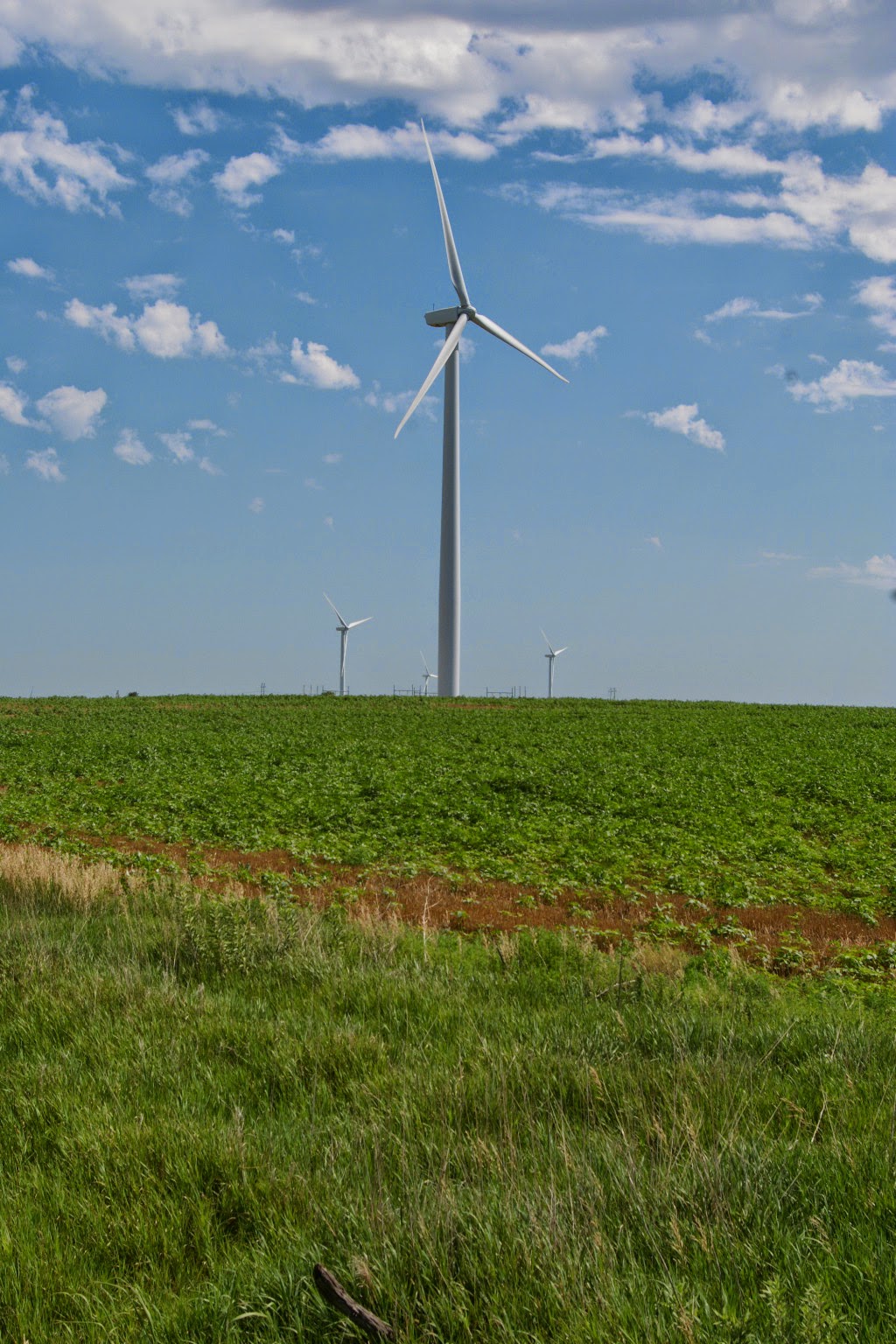Once a long time ago, I made a back pack for my son and was sure I had a pattern around here somewhere. After looking through all of the patterns, I realized that I no longer have the pattern so I drew up a new one.
Here is the sketched pattern with all of the items I needed to make it. Fabric - 1 yard of double sided pre-quilted fabric, strap adjusters Measuring Tape, Tracing paper, 2 Zippers, Thread (not pictured), tracing paper and scissors. Also pictured, but not used was a package of extra wide, double fold bias tape. I thought I might finished the raw edges with it, but I serged the raw edges instead.
My original sketch, the green lines proved to be too small for the zippers I had purchased, so I redrew the planned backpack just a little larger, the black lines and added the seam allowance, dotted line. You can see the zipper resting around the intended seam area and the second smaller zipper near an additional pocket area.
There were several pieces to cut, but I only made an actual pattern for the front, which I also used for the back. I had made the indication of a second section with the green horizontal line about mid way up the original drawing. The fabric had stripped sections that I used for the shoulder straps, zipper sides, and side panels and zipper panels. I cut two sections for the zippers as shown above and the matching stripe for the bottom sections.
Here is how you can make one too.
1. Cut front and back panels from the pattern
2. Cut front pocket from the bottom portion of the pattern
3. Cut zipper side panels, 2 for the main section and 2 for the secondary pocket these need to be about 1 1/2 inches longer than your zippers for seam areas
4. Cut the bottom panels, this is the part that joins to the zipper section and completes the bands around the backpack. you will need one for the front pocket and one for the main section. Cut it longer than you think you need, you can always trim away the excess, but you can't easily add extra if you cut it too short.
5. Also cut two shoulder straps, make it double the width of the planned shoulder strap plus enough for a seam allowance on each side. It will need to be long enough to go over the child's shoulders and down the front of their chest, just slightly shorter than the length of the back pack. For this little backpack, the shoulder straps were about 11 inches long.
6. I had also purchased two yards of grosgrain ribbon. You need just a few inches to make a little loop on the back, then two longer pieces to place through the straps and use to adjust the fit of the straps. And two more smaller pieces of ribbon to attach the strap adjusters at the bottom of the back pack.
Assembly
1. Sew the zipper side sections to each side of the zippers, leaving about 3/4 inch on each end.
2. Once the zipper sections have been sewn, attach the bottom section to one side of each zipper section. You will have two strips each with a zipper section and a bottom section.
3. Sew the shorter zipper section to the front pocket section. Fold over the edges to complete the pocket side section, sew across below the zipper to secure and trim away any extra fabric that is longer than about a half inch seam allowance.
4. Serge finish the raw edges.
5. Open the zipper and sew the zipper pocket section to the front of the back pack.
6. Sew the larger zipper section to the front of the back pack. Serge the raw edges
7. Sew the shoulder straps, turn shoulder straps right side out and feed ribbons though to the top. Sew the shoulder strap, across the top edge, catching the ribbon. Turn the bottom portion of the shoulder straps up, leaving the ribbon extended. Sew across the bottom of the shoulder strap so that the raw edges are inside and the ribbon extends beyond the straps. (for each strap).
8. Attach the straps to the right side of the backpack back and tack in place, fold the ribbons and pin the straps down so they will not be sewn except at the top of the back.
9. On the bottom of the back pack attach a 5 or 6 inch long ribbon to the front sides, tacking across the seam area and pinning out of the way so that it is not caught at any other spot.
10. At the center top of the back pack fold a 5-6 inch ribbon so that it makes a small loop for hanging the back pack on a coat hanger type, tack in place and pin the loop out of the way.
11. Open the main body zipper, and with the whole pack turned wrong side out, sew the front of the backpack to the back of the backpack.
12. Serge the raw edges
13. Turn the backpack right side out.
14. Unpin the straps and ribbons
15. Attach the Strap adjuster pieces to the ribbons at the bottom of the back pack.
16. Finish the bottom edges of the ribbon on the backpack straps and lace through the strap adjuster.












































